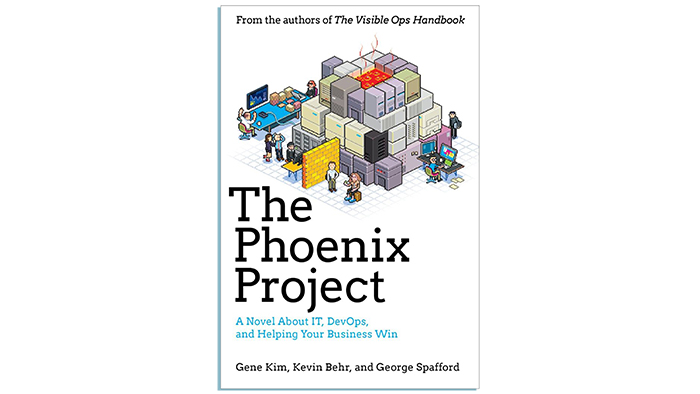Chief Data Officer (CDO): One Job, Four Roles

In my last blog, I wrote about how chief data officers are now being recognized as business leaders, as shown in IDC’s survey, “Chief Data Officers: The New Business Leaders,” [1] commissioned by Informatica. In this blog, I will dive deeper into the survey results; specifically, the discovery that a CDO’s job consists of four roles, not just one. IDC identified two axes of CDO responsibilities—one that spans protecting data and advocating data use, and the other that spans business function and enterprise-wide perspectives. Based on these axes, IDC identified four archetypes of data leadership that are required for an organization to become a data driven enterprise: Governance Gurus, Operational Optimizers, Analytics Champions, and Digital Innovators.

Governance Gurus are focused on building frameworks, policies, rules, processes, and organizational structures to govern data and ensure regulatory compliance. They are looking to discover data, classify it, and understand its lineage and how it’s used in business processes and systems. They are also looking for ways to increase data literacy throughout the enterprise, like creating common definitions and business glossaries for data.
Operational Optimizers are focused on building and deploying the infrastructure, tools, technology, processes, and systems to support organizational operations. They are looking to ensure data is readily available and fit for use to drive operational efficiency and business productivity. They are also looking for ways to automate business processes and data management activities to reduce costs.
Analytics Champions are focused monitoring business performance and generating insights that can help change business outcomes. They are looking for ways to increase the speed and accuracy of reporting, forecasting, planning, and analysis to provide greater transparency into performance and accelerate decision making to quickly adapt to changing conditions. They are also looking for ways to automate analysis and increase predictiveness using machine learning and artificial intelligence.
Digital Innovators are focused on using data and analytics to create business value. They are looking for ways to monetize data, such as generating more revenue from current customers, entering new markets, or innovating their products, services, and business models. They are also looking for ways to digitize and automate their business processes to create frictionless experiences.
It’s important to note that these four archetypes are not mutually exclusive. In fact, while chief data officers tend to have a center of gravity in one of the archetypes, in the IDC survey they all reported spending some amount of time in each of the data leadership quadrants. Data leaders must be fluid and adapt to ongoing changes in priorities, in order to lead the organization toward a data-driven future.
Mapping the Chief Data Officer Roles to Business Outcomes
Majid Al Futtaim, an Emirati holding company that owns and operates shopping malls, retail, and leisure establishments in 13 countries throughout the Middle East and North Africa, is a good example of a company that required governance, operations, and analytics excellence in order to drive innovation in managing the end-to-end customer experience. Some of the benefits include reducing out of stocks, which helps improve customer loyalty and repeat business, as well as an 87% increase in the efficiency of their assortment optimization process, which is critical for rapidly responding to changing demand patterns. Hani Weiss, CEO of Majid Al Futtaim Retail, told McKinsey, “No matter how our customers want to shop, we can be there for them.”
While CDOs have a broad range of responsibilities, the teams that help them execute against their priorities are small. Seventy-one percent of CDOs surveyed have four or fewer people in data steward, data engineer, and data privacy roles, and 23% have no data stewards at all. With so few human resources, CDOs are looking for technology that uses machine learning and artificial intelligence to automate and scale data management activities.
I would love to hear your thoughts on the different archetypes of data leadership. Where do you tend to spend most of your time? What best practices can you share with your peers regarding dealing with such a broad range of responsibilities?
The identification of four archetypes of data leadership required by CDOs is just one insight from the “Chief Data Officers: The New Business Leaders” survey. To learn more, download the IDC Infobrief.
[1] IDC Survey InfoBrief, sponsored by Informatica, “The Priorities, Challenges, and KPIs of Today’s CDOs,” IDC Doc. #US46695720, August 2020.






